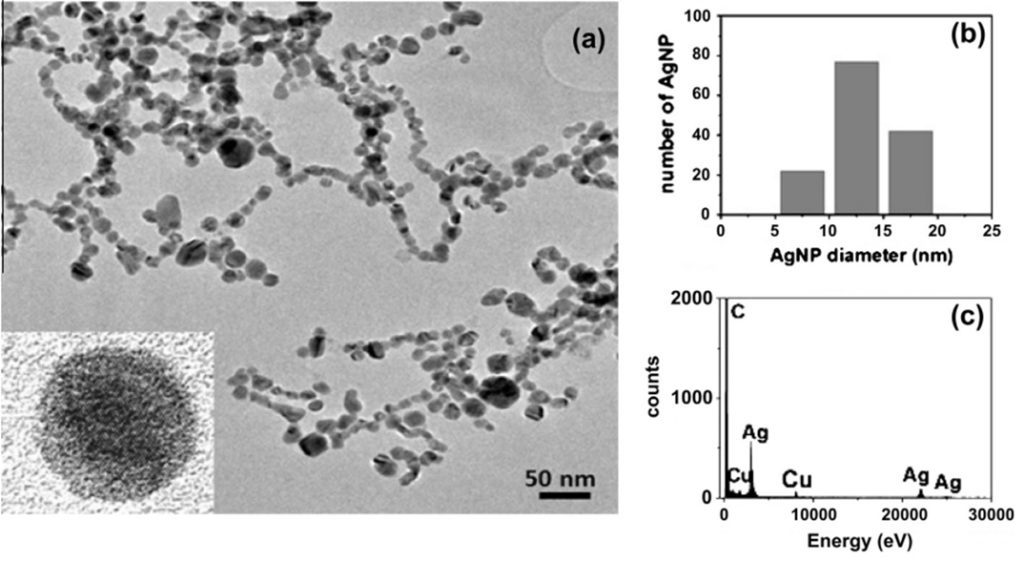The present study investigates and models the effect of laser ablated silver nanoparticles (AgNPs) on the development of the aquatic macrophyte Lemna minor. Toxic effects of five different AgNP concentrations (8, 16, 32, 96 and 128 lg L1 ) on L. minor were recorded over seven days under simulated natural conditions. Biosorption of AgNPs by L. minor was modeled using four sorption isotherms, and the sorption behavior was found to agree most closely with the Langmuir–Freundlich model (R2 = 0.997). While toxic effects of AgNPs could be observed in all models and concentrations, the greatest increase in toxicity was in the 8–32 lg L1 range. Dry weight- and frond number-based inhibition experiments suggest that growth inhibition does not necessarily scale with AgNP concentration, and that slight fluctuations in inhibition rates exist over certain concentration ranges. Very close fits (R2 = 0.999) were obtained for all removal models, suggesting that the fluctuations are not caused by experimental variation. In addition, L. minor was found to be a successful bioremediation agent for AgNPs, and displayed higher removal rates for increasing AgNP doses. FT-IR spectroscopy suggests that carbonyl groups are involved in AgNP remediation.

Effects of laser ablated silver nanoparticles on lemna minor
E. Üçüncü, A. D. Özkan, C. Kurşungöz, Z. E. Ülger, T. Tekinay, B. Ortaç and E. Tunca Chemosphere, vol. 108, pp. 251-257 (2014)
